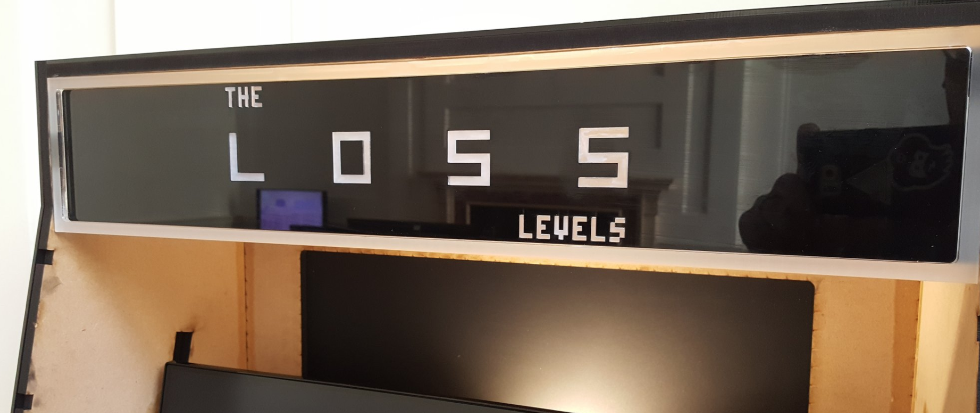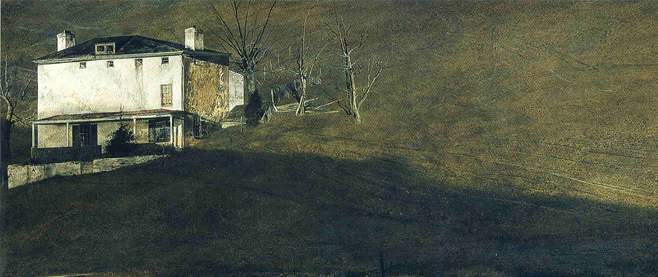
The Loss Levels
There’s an idea that some writers or musicians are capable of opening up onto the page or onto the tape–that the truth of their pain is evident in their work because of the individual voice and the immediacy of its presentation. By this interpretation, traumas become readable in the qualities of a singer’s voice or a writer’s prose, and the unmediated nature of these forms makes them especially suited to this kind of work.
Games are often thought of as an exceptionally mediated form of art: the combination of visuals, music, and code; the necessity of testing; the interactivity and therefore multiplicity of experience. All these should make the voice of a single author harder to hear. At the same time, a well-designed game encourages a player to explore a possibility space and come to conclusions on her own. Games are especially good at communicating ideas and emotions to players through analogy, which has led to a genre sometimes called “empathy games,” where developers (usually in solo projects) communicate complicated experiences to the player by asking her to go through them in abstracted forms.
The Loss Levels is the second game by Dan Hett about the loss of his brother Martyn in the Manchester bombing attack in 2017. It’s a collection of fifteen microgames that detail the days following the attack and a follow up to his first game on the subject, c ya laterrrr, which is a much longer Twine game. Despite the lack of identifying names or locations, c ya laterrrr is a detailed and specific game that branches and explores a much more moment-to-moment and internally narrated experience. The timeline described is the same as in The Loss Levels but the Twine game is in some sense less mediated, much more raw, and fits within a very different context.
The Loss Levels was made for Pico-8, a “fantasy console” meant to replicate some of the limitations and aesthetics of old computers such as the Commodore 64 or ZX Spectrum. Its integrated coding, drawing, and music tools mean that it can be used for quick game-sketches, and the small file size of Pico-8 games makes them easy to embed and distribute online. Many developers see PICO8’s limitations as a kind of forced scope, to keep a game project from ballooning into an overwhelming and unfinishable mess. In an interview with Engadget, Hett said, “restriction breeds creativity. … It’s just raw and you get it out.”
Each game begins with a two line prompt, and ends with an 8-bit chime and either two lines of green text or two lines of red text depending on whether you succeeded or failed at its tiny challenge. The wins don’t necessarily feel like wins: in one game, when you successfully pour a glass of wine in an attempt to calm down, the success lines ask, “Will this even help?”
Some of the microgames are frantic or communicate a sense of chaos in their pace. In the second game, red and yellow pixels pulse repeatedly in the background and you scan newsfeeds while the word “TAP!” shakes on screen. But in another, the outline of a coffin appears and you are instructed to press the same button, but much more slowly. As a collective, the fifteen games become rhythmic and insist on a specific ebb and flow through the story they tell. Along with the short text, they form a kind of poetic tone, aided by their simplicity and the resemblance they bear to older games. One of the most effective depicts a rush of people attempting to console the player. There are only three NPCs, and the direct line they take towards the player character is the simplest kind of follow-AI, but the gamic familiarity of it immediately communicates the need to avoid these figures. The text, whether you succeed or fail, describes everyone’s need to greet you as “overwhelming.”

The Loss Levels was also on display in early April at Now Play This, an experimental game design exhibition at Somerset House that made up part of the London Games Festival. The physical exhibition of the all-black, one-buttoned arcade cabinet speaks to the idea that after an attack like the one in Manchester, the personal grieving process is on display. As Hett points out in one of the microgames (in which the player is presented with a microphone and a series of button prompts to match), “All of this happens in public.”
One quirk of its having been designed for a public exhibition is that it has to deal somehow with viewers who walk away before finishing the game, so after a period of time–if the player doesn’t touch any buttons–it returns to the main screen. This is unsurprising for an arcade cabinet but in the context of Hett’s game it becomes a kind of demand for engagement.
The overall effect of the nostalgic aesthetics and the sometimes silly games is dissonant. That wine glass that might not even help has to be filled from a bottle that’s literally spraying wine all over the place. It’s almost funny and the sprites are almost cute, until the pace slows suddenly and the game jumps back to a more mournful tone. The name, The Loss Levels, is a pun on the Japanese version of Super Mario Bros. 2, called The Lost Levels when it finally released in the United States. It’s hard to know whether you’re supposed to laugh or cry.
Computers, phones, and social media are large parts of both c ya laterrrr and The Loss Levels. As we increasingly live our lives on or alongside the internet, public and personal outpourings of grief become complicated. Social media is a place we tell jokes, and it’s also where we watch domestic policy shift, and where we express grief in tragedy. The Loss Levels, in maybe three or four minutes, explores the space between public and private tragedy as well as the space between grief and levity. It’s a thoughtful and considered game that works best through the forms and tools that Hett chose to create it.
The Loss Levels is currently playable online here.





